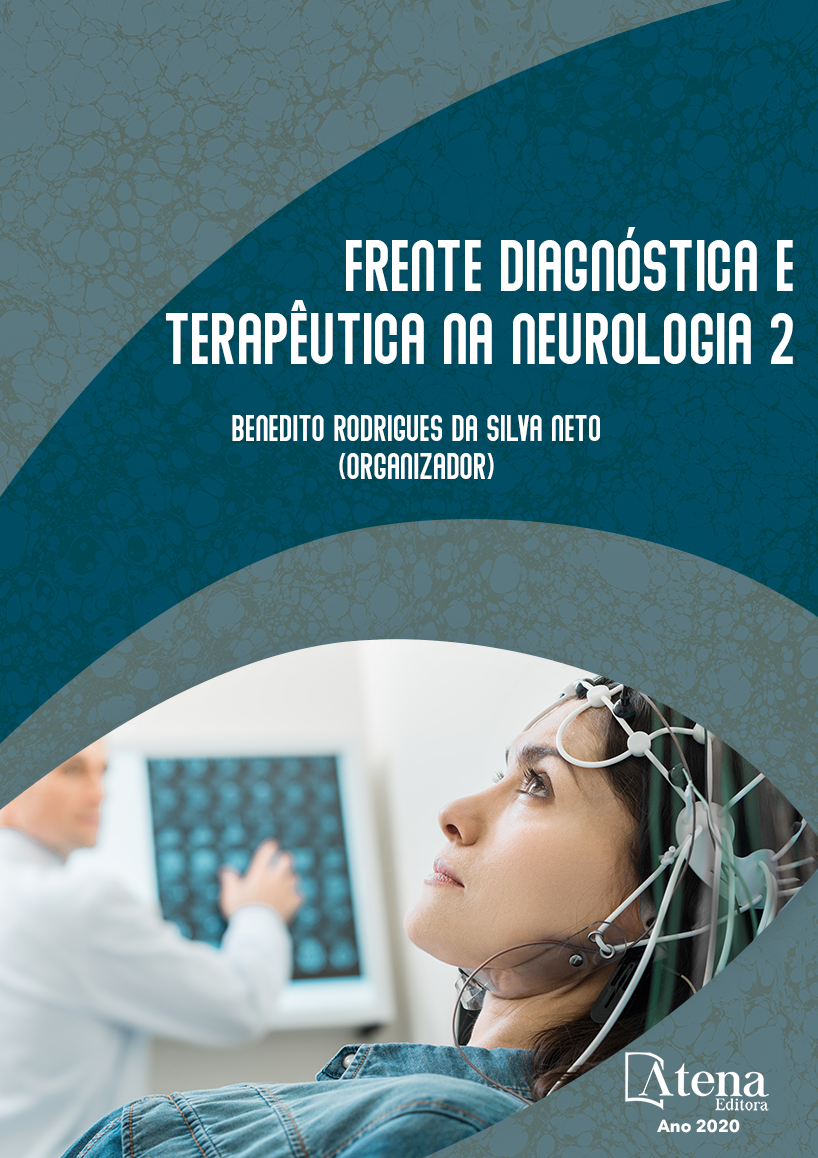
CROSSED CEREBELLAR DIASCHISIS IN A PATIENT WITH CORTICOBASAL SYNDROME IN THE NORTHEAST OF BRAZIL
Atena
CROSSED CEREBELLAR DIASCHISIS IN A PATIENT WITH CORTICOBASAL SYNDROME IN THE NORTHEAST OF BRAZIL
-
DOI: 10.22533/at.ed.5612028015
-
Palavras-chave: Atena
-
Keywords: Corticobasal syndrome. Crossed cerebellar diaschisis. Apraxia.
-
Abstract:
Corticobasal syndrome (CBS) is a complex neurodegenerative movement disorder associated with parkinsonism (variable tremor, rigidity, bradykinesia, and postural instability), dementia, oculomotor abnormalities, dysarthria, apraxia, cortical sensory loss, pyramidal signs, and alien limb syndrome (GONDIM et al., 2015). It can be secondary to diverse histopathologies: corticobasal degeneration, other frontotemporal dementia, FTD-related tauopathies such as progressive supranuclear palsy, vascular dementia, and even Alzheimer’s disease (REBEIZ; KOLODNY; RICHARDSON, 1967). It was first described in 1967 (INFELD, 1995). Crossed cerebellar diaschisis (CCD), first introduced by Monakow in 1914, refers to depression of blood flow and metabolism affecting a cerebellar hemisphere due to contralateral focal supratentorial lesion (INFELD, 1995; WIESENDANGER, 2006). We described a 64-year-old man with a progressive and asymmetric movement disorder in the Northeast of Brazil. Case Report: A 64-year-old man, presented a slow progressive involuntary movement disorder associated with rigidity in right arm that started a year ago. He also described difficult to support the body and walk. Upon neurological examination, he presented facial hypomimia, rigidity and bradykinesia in the upper right limb, postural instability. He walked in small steps. Initially, he performed brain magnetic resonance imaging, which revealed discrete left parietal atrophy (figure 1). A F-18 fluoro-d-glucose positron emission tomography / computed tomography (PET / CT) was performed, which revealed reduction in glycolytic metabolism in the anterior and posterior left parietal regions. As an additional finding, there was reduction of right cerebellar metabolism (figures 2, A and B). Discussion: CBS is characterized by progressive asymmetric rigidity and apraxia with other findings reflecting cortical and basal ganglionic dysfunction (BOEVE; LANG; LITVAN, 2003; WENNING et al., 1998). The pattern of hypometabolism in corticobasal degeneration is contra-lateral posterior frontal/anterior parietal hypometabolism, which also involves the basal ganglia. Depending on the extent of tau deposition this can be hemispheric as in this case. FDG PET is a powerful imaging tool for differentiating idiopathic Parkinson's disease from Parkinson plus syndromes (AKDEMIR et al., 2014; HOSAKA et al., 2002). Crossed cerebellar diaschisis is thought to be caused by interruption of cortico-ponto-cerebellar tract with secondary deafferentation and a transneural metabolic depression of the contra-lateral cerebellar hemisphere (AGRAWAL et al., 2011). The present case typically describes a rare phenomenon in CBS (MARTI et al., 2015).
-
Número de páginas: 4
- JOSÉ IBIAPINA SIQUEIRA NETO
- GILBERTO SOUSA ALVES
- JOSÉ DANIEL VIEIRA DE CASTRO
- PEDRO BRAGA NETO
- JOSÉ WAGNER LEONEL TAVARES JÚNIOR


